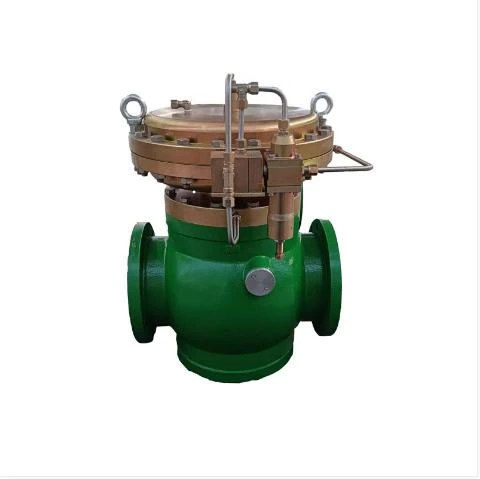
Dec . 23, 2024 11:43
Back to list
pressure vessel
Understanding Pressure Vessels Design, Function, and Safety
Pressure vessels are engineering marvels designed to hold gases or liquids at a pressure significantly different from the ambient pressure. These structures are critical in various industries including chemical processing, pharmaceuticals, oil and gas, and power generation, where they play a vital role in the safe storage and transportation of pressurized substances. This article aims to explore the design, functionality, safety considerations, and advancements in pressure vessel technology.
Design and Construction
The design of pressure vessels is governed by a variety of factors, including the type of material used, the shape of the vessel, the operating pressure, and the intended use. Typically, pressure vessels are cylindrical or spherical in shape, as these designs can better withstand high pressures. Common materials include carbon steel, stainless steel, and various alloys, chosen for their strength, durability, and ability to resist corrosion.
Pressure vessels must comply with stringent codes and standards, such as the ASME Boiler and Pressure Vessel Code (BPVC) in the United States. These regulations specify minimum design requirements to ensure structural integrity and safety. The design process includes calculations for wall thickness, material strength, and safety factors to prevent failures.
Functionality
Pressurized vessels serve numerous functions depending on their design and the industry in which they are employed. In chemical processing, they are used for reactions, storage, and separation of various substances. They also play a vital role in gas storage, such as natural gas or hydrogen, where maintenance of high pressure is essential for efficient storage and transportation.
In the oil and gas industry, pressure vessels are used in refining processes to separate different hydrocarbons efficiently. In power plants, steam drums are essential pressure vessels that help in maintaining optimum pressure and temperature for steam generation.
Safety Considerations
pressure vessel

Given the potential hazards associated with high-pressure systems, the safety of pressure vessels is paramount. Failures can lead to catastrophic explosions, leaks, or environmental damage. Thus, various safety measures and technologies are employed to mitigate risks. Regular inspections and maintenance are essential, with checks performed on pressure relief valves, structural integrity, and corrosion levels.
Furthermore, advanced monitoring systems are often integrated into pressure vessels to provide real-time data on pressure, temperature, and other critical parameters. These systems enable operators to identify issues before they escalate, ensuring safer operations.
Advances and Innovations
The field of pressure vessel technology has seen significant advances in recent years. Innovations in materials science, such as the development of composite materials, have led to lighter yet stronger pressure vessels. These materials can withstand extreme conditions while offering better resistance to corrosion and wear.
Additionally, modeling and simulation technologies have greatly improved the design process. Computational fluid dynamics (CFD) and finite element analysis (FEA) allow engineers to visualize the performance of pressure vessels under various conditions, optimizing their designs for efficiency and safety.
The emergence of additive manufacturing techniques, or 3D printing, has also begun to influence pressure vessel production. This technology can facilitate the creation of complex geometries that may be difficult or impossible to achieve with traditional manufacturing methods. As a result, engineers can design more efficient vessels that minimize material usage while maximizing strength.
Conclusion
In conclusion, pressure vessels are essential components in many industrial processes, designed to operate under high pressure safely and efficiently. Their design and manufacturing involve careful consideration of materials, safety, and functionality. With the continuous advancement of technology and engineering practices, pressure vessels will only become safer and more efficient, further enhancing their role in industry and contributing to more sustainable practices. Industry professionals must remain vigilant regarding safety standards and emerging technologies to ensure the ongoing reliability and safety of these critical assets.
Latest news
-
Safety Valve Spring-Loaded Design Overpressure ProtectionNewsJul.25,2025
-
Precision Voltage Regulator AC5 Accuracy Grade PerformanceNewsJul.25,2025
-
Natural Gas Pressure Regulating Skid Industrial Pipeline ApplicationsNewsJul.25,2025
-
Natural Gas Filter Stainless Steel Mesh Element DesignNewsJul.25,2025
-
Gas Pressure Regulator Valve Direct-Acting Spring-Loaded DesignNewsJul.25,2025
-
Decompression Equipment Multi-Stage Heat Exchange System DesignNewsJul.25,2025

